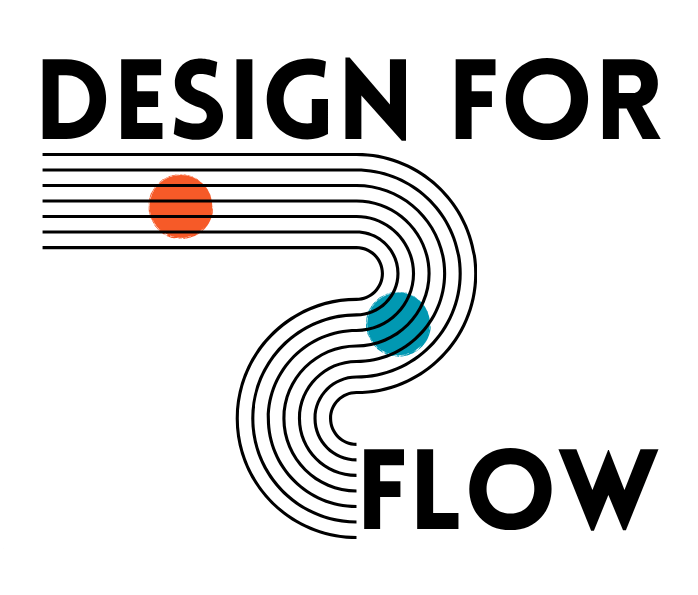Stuck in the Swamp: Why Your Team Can't Execute the \"Brilliant\" Strategy
The Critical Link Between Leadership Alignment and Your Operational Systems
We've all been there. The executive off-site concludes on a high note. The strategic vision is a masterpiece of foresight, the what and the why are crystal clear, and the leadership team is fully aligned. You leave the room feeling a quiet confidence that, this time, the grand plan will become a reality.
Yet, weeks turn into months, and a familiar fatigue sets in. The ambitious goals are not meeting their targets. Progress feels less like acceleration and more like slogging through a dense, unforgiving swamp. The same roadblocks resurface. That beautifully crafted vision from the boardroom is stuck in the weeds.
This is an epidemic I've seen play out across industries for over 25 years in corporate tech. In fact, research cited by Harvard Business School suggests that a staggering 90% of organizations fail to successfully execute their strategies. The failure isn't for a lack of effort or intelligence. It's often due to a fundamental disconnect between two critical layers of an organization: leadership alignment and the operational systems meant to translate that vision into daily work.
The Grand Design vs. The Building Site
Think of the strategic vision as the grand architectural blueprint for a stunning new building. Leadership’s job is to create this blueprint, secure the funding, and sell the dream.
But a blueprint, no matter how inspiring, is just paper until the builders arrive. The operational systems, the daily rhythms, the communication channels, the decision-making processes, and the way work actually flows, are the tools, materials, and scaffolding. They are the boots-on-the-ground reality of the project.
The breakdown occurs when the architects hand over the blueprint and assume the building will simply construct itself. They believe that because the what and the why are clear at the top, the how will magically fall into place at the bottom. This is a dangerous and expensive assumption.
When the operational system is not intentionally designed to support the strategy, it becomes a source of friction, not momentum. Teams work in silos, dependencies become bottlenecks, and every new initiative feels like a disruptive interruption. The team isn't just working. It’s fighting the system itself.
The Misdiagnosis: Why Pushing Harder Doesn't Work
In the face of this friction, the typical leadership response is to push harder: more meetings, more detailed plans, more pressure. This approach is not only unsustainable but fundamentally misdiagnoses the problem. Pushing a struggling system harder only creates stress, burnout, and fragmentation. It’s trying to force a square peg into a round hole with a bigger hammer.
True, sustainable change doesn’t come from working harder. It comes from designing smarter. Leaders must understand that their role is not just to define the strategy, but to ensure the operational systems - the operational backbone - are built to bring that strategy to life. They must bridge the gap by shifting their focus from simply what the teams are doing to how the work is actually being done.
Design for Flow: Building the Operational Backbone
At Design for Flow, we work with leadership and program teams to build what we call the Operational Backbone. It’s the invisible architecture of work that transforms strategy into high performance. This is the Design for Flow methodology, a human-centered, practical approach that shifts your team culture from surface-level compliance to meaningful connection and execution.
A system designed for flow has three foundational pillars that eliminate friction and boost momentum:
1. Co-Create a Shared Purpose
The Impact: Your team understands exactly how their current task contributes to the grand vision. This constant reinforcement eliminates time-wasting projects and ensures everyone is pulling in the same direction, turning work into a collective mission, not just a list of tasks.
2. Implement Smart Systems
The Impact: You design a process that deliberately protects your team's focus and minimizes distractions. This means clearly defined prioritization, reduced work-in-progress, and a focus on removing friction points. It’s about putting the work, not the people, under the microscope. This draws on principles like Lean and Agile, focused on making the "how" efficient.
3. Establish a Rhythm That Supports Deep Work
The Impact: High-performing teams need focused, uninterrupted time. A strong operational rhythm creates this space, giving people the safety and clarity to execute their most important work, reducing the pressure to be constantly reactive. This is achieved through clear, predictable cadences for planning, communication, and delivery.
This is the work that changes everything. It’s moving beyond just having a beautiful strategy to building a foundation so solid and clear that execution can't help but flow.
If your team is tired of slogging through the weeds and is ready for the clarity and momentum that come from well-designed systems and the right conversations, let's talk.
Stay in the loop.
Sign up for our newsletter for more insights and updates on future courses.
